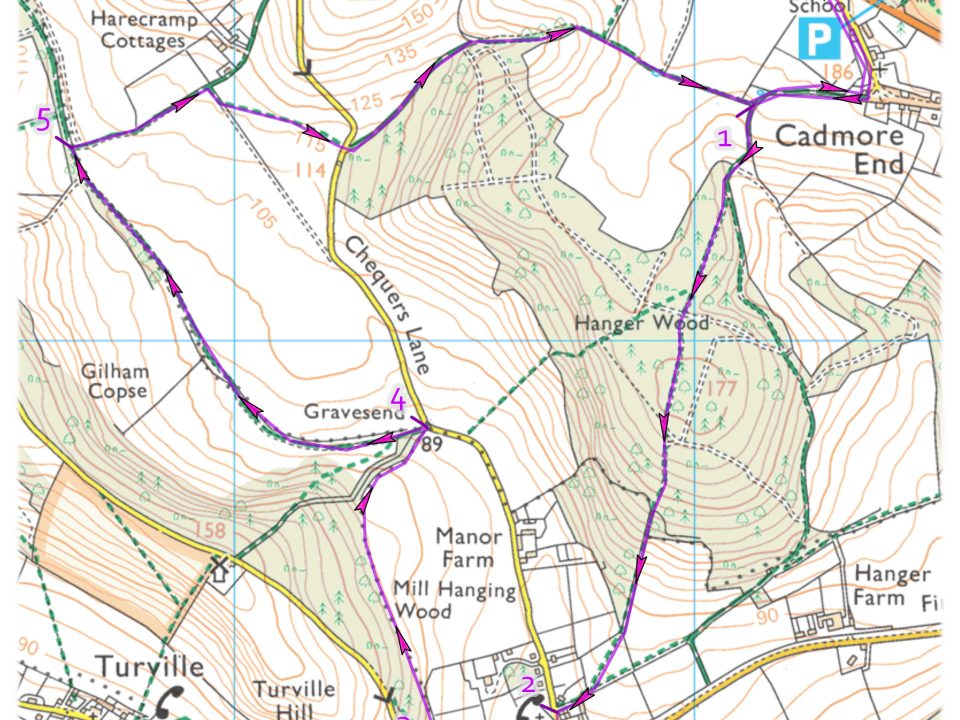
Spear Travels
June 29, 2017
Stokenchurch Dog Rescue
June 29, 2017Lungworm – Should we be worried?
The growing spread of reported cases adds to the evidence that lungworm is endemic throughout much of the UK and continues to pose a significant threat to dogs.
Lungworm (Angiostrongylus vasorum) infection, when picked up by our pet dogs results in a number of different symptoms including breathing difficulties, lack of energy, coughing and persistent bleeding. However, the clinical signs can be varied and some dogs may appear healthy in the early stages of infection.
Infection is acquired by coming into contact with slugs and snails or their slime, which carry the lungworm larvae. Dogs eat these common garden creatures, either deliberately or accidentally in grass or undergrowth, drinking from puddles or outdoor water bowls, or picking them up from their toys.
Prevention must be monthly. Treatment every three months leaves your dog unprotected, risking disease and even death. This is why vets are encouraging monthly lungworm preventative treatment to avoid the tragedy of losing an animal. Prevention which stops larval shedding in dogs faeces will also help to limit the geographical spread of the disease.
Lungworm is not known to infect humans. Cats can be infected with another type of lungworm ( Aelurostrongylus abstrusus) Speak to your vet about the types of prevention available.
Dog owners can check the risk in their area by looking at the map of real time reported cases, by visiting www.lungworm.co.uk




